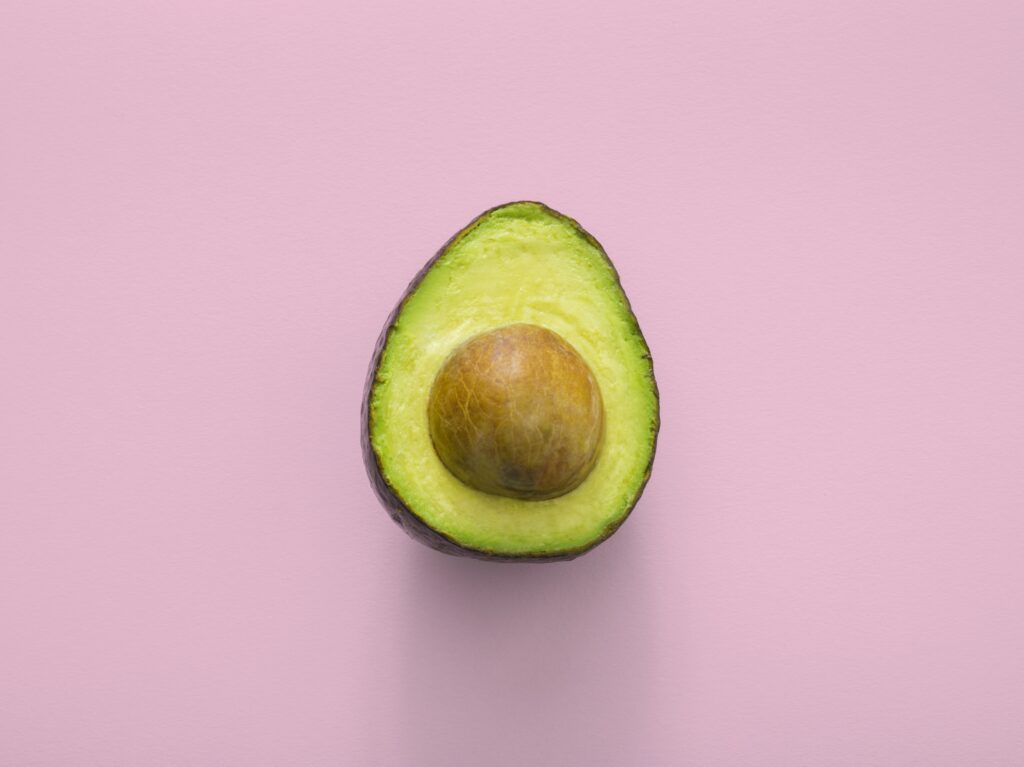
A warm hello to you, dear reader! Have you ever found yourself faced with a plate of unfamiliar food, only to be met with a resounding chorus of “Eew!” from your taste buds? We have all experienced it at some point in our lives. Whether it be the sliminess of oysters or the pungent aroma of blue cheese, new foods often come with a side dish of skepticism. But fear not, for we are here to lend a helping hand and guide you through the perplexing realm of “Eew” reactions to new foods.
In this article, we will explore the various strategies and techniques to gracefully maneuver your way out of the dreaded “Eew” reaction. From understanding the science behind taste aversions to practical tips on how to expand your palate, we will equip you with the knowledge and confidence needed to approach new foods with an open mind. So, join us as we embark on this delectable adventure and unlock the secrets to conquering your culinary fears!

Understanding the “Eew” Reactions
Factors contributing to “eew” reactions
When it comes to trying new foods, it’s not uncommon to experience an initial “eew” reaction. There are several factors that can contribute to these reactions. First and foremost, our taste buds play a significant role. Our taste buds are sensitive to different flavors, and when we encounter a new taste, they may react negatively as a defense mechanism.
In addition to taste, our senses of smell and texture also impact our perception of new foods. A strong or unfamiliar smell can instantly trigger a negative reaction, even before taking a bite. Similarly, the texture of a new food can be off-putting, resulting in an “eew” response.
The psychology behind negative food reactions
The psychology behind negative food reactions is complex and can vary from person to person. One major factor is our innate preference for familiarity and routine. We tend to feel more comfortable with what we already know, and anything new can be seen as a potential threat. This fear of the unknown can manifest in “eew” reactions when encountering new foods.
Additionally, past experiences can shape our perception of new foods. If we had a negative experience with a particular food in the past, it can create a bias that leads to automatic “eew” reactions when faced with similar foods. Our minds are adept at associating certain tastes or textures with negative memories, which can influence our present reactions.
Common reasons people have “eew” responses to new foods
There are several common reasons why people have “eew” responses to new foods. One primary reason is a lack of exposure to diverse food options during childhood. If we grew up with a limited range of foods, it can be challenging to develop a taste for new flavors in adulthood.
Cultural factors also play a role. Different cultures have their own unique culinary traditions, and unfamiliarity with certain ingredients or cooking methods can trigger negative reactions. What may be considered a delicacy in one culture might be met with repulsion in another.
Lastly, personal preferences and individual differences in taste sensitivity contribute to “eew” reactions. Some individuals have heightened taste buds that are more sensitive to strong flavors or certain compounds found in foods. These individuals may experience more intense negative reactions when trying new foods.
Overcoming “Eew” Reactions
Start with an open mindset
The first step in overcoming “eew” reactions to new foods is to approach the experience with an open mindset. Remind yourself that taste preferences can change over time, and what may be unfamiliar initially can become a new favorite. Embrace the opportunity to expand your culinary horizons and focus on the potential enjoyment rather than dwelling on potential negative reactions.
Take small steps and be patient
Trying new foods can be overwhelming if you plunge headfirst into a plate full of unfamiliar dishes. Instead, take small steps and introduce one new food at a time. Begin with milder flavors or ingredients that closely resemble familiar foods. By gradually expanding your palette, you give your taste buds time to adjust and minimize the chances of overwhelming your senses.
Gradual exposure to new foods
A key strategy to overcome “eew” reactions is to expose yourself gradually to new foods. Start by incorporating small amounts of an unfamiliar ingredient into dishes you already enjoy. For example, if you’re hesitant to try kale, consider adding a few leaves to your favorite salad or blending it into a smoothie. Slowly increase the quantity until you become comfortable with the taste.
Mix new foods with familiar ones
Another effective way to overcome negative reactions is to mix new foods with familiar ones. By combining an unfamiliar ingredient with something you already enjoy, you create a sense of familiarity and reduce the risk of an aversive response. For instance, if you want to try a new type of mushroom, sauté it with your favorite vegetables or incorporate it into a pasta dish.
Experiment with different cooking methods
The way a food is prepared can significantly impact its taste and texture. If you have an aversion to certain foods, try experimenting with different cooking methods. For example, if you dislike the texture of raw vegetables, try roasting or grilling them to bring out different flavors and textures. By exploring various cooking techniques, you may find that a food you once disliked becomes more appealing.
Create a positive eating environment
The environment in which you eat can greatly influence your perception of new foods. Create a positive eating environment by sitting down at a relaxed table setting, free from distractions. Take the time to savor each bite, paying attention to the flavors and textures. By giving your full attention to the food, you may find it easier to overcome any initial “eew” reactions.
Make it a social experience
Sharing a meal with others can make trying new foods more enjoyable. Eating with friends or family can create a supportive and encouraging atmosphere. Not only can they offer their own positive experiences with the new food, but their presence can also provide a sense of comfort and camaraderie. This social aspect can help to alleviate any aversions and make the experience more enjoyable overall.
Encourage and reward adventurous eating
Motivation plays a significant role in overcoming “eew” reactions. Encourage yourself to be adventurous with your eating habits and reward yourself for stepping out of your comfort zone. Set realistic goals, such as trying a certain number of new foods each week, and celebrate your accomplishments. By associating positive rewards with trying new foods, you can gradually reshape your preferences.
Increasing exposure through repetition
Repetitive exposure to new foods can lead to acceptance and enjoyment over time. Don’t give up on a particular food after just a single try. Keep introducing it in different dishes or preparations, allowing your taste buds to acclimate gradually. Persistence and repetition are key to overcoming initial aversions and developing a taste for new flavors.
Seek professional help if needed
If “eew” reactions to new foods persist despite your efforts, it may be helpful to seek professional guidance. A registered dietitian or nutritionist can help you navigate your aversions and provide tailored strategies to overcome them. They can evaluate your specific needs and suggest techniques or resources to make the process easier and more successful.
In conclusion, “eew” reactions to new foods are a common response influenced by various factors such as taste, smell, texture, past experiences, and personal preferences. By understanding these factors and implementing strategies to overcome aversions, you can expand your palate and discover a world of new flavors and culinary delights. Remember to approach the experience with an open mindset, take small steps, gradually expose yourself to new foods, mix them with familiar ones, experiment with cooking methods, create a positive eating environment, make it a social experience, and seek professional help if needed. With time and persistence, you can overcome “eew” reactions and embrace a more diverse and satisfying eating experience.

